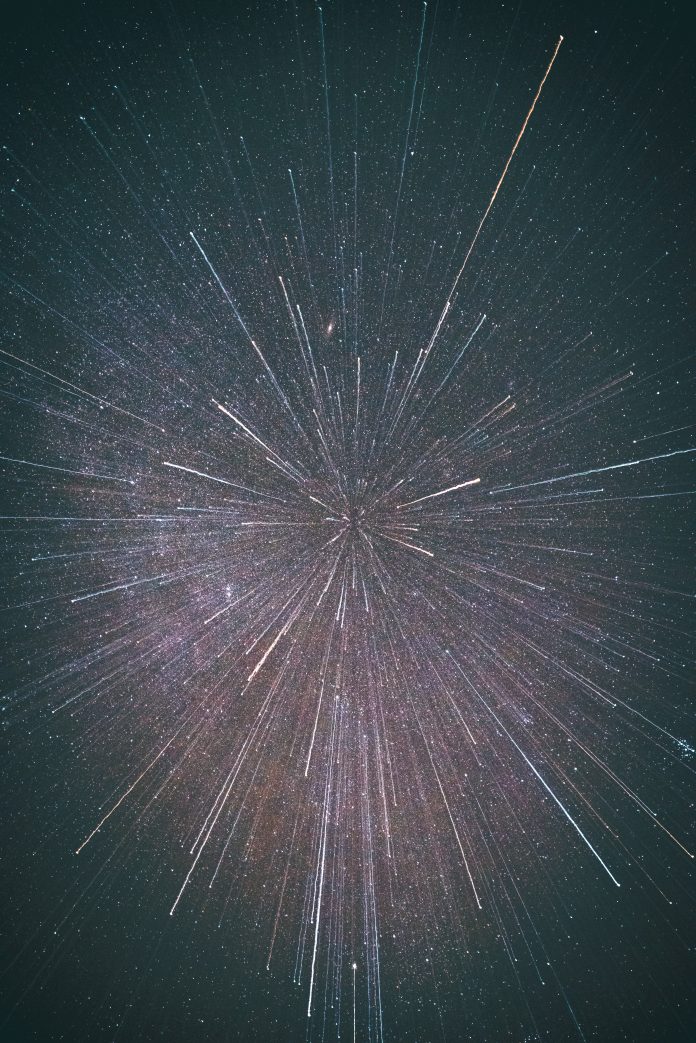by Patricia Jeffery © 2022, Calgary Centre of the Royal Astronomical Society of Canada
The current human speed record is shared by the trio of astronauts who flew NASA’s Apollo 10 mission. On May 26, 1969, while on their way back from the Moon, Tom Stafford, Eugene Cernan, and John Young’s capsule hit a peak of 39,937 km/hr (11 km/sec).
Put into perspective, even at a speed of 14 times faster than a high-powered bullet, it would still take:
- 3 days to reach the Moon
- 3 months to reach Venus
- 9 months to reach Mars
- 6 years to reach Jupiter
- 8 years to reach Saturn
- 12 years to reach Neptune
- 15 years to reach Uranus
The closest star to Earth (other than our Sun) is Proxima Centauri. At a scant 4.25 light-years away (40,235,940,000,000 km), our ‘much faster than a speeding bullet’ Apollo astronauts would require lengthy hibernation to survive the 114,931 years just to get there, never mind get back. The now retired Space Shuttle would take 163,928 years.
With travel beyond our Solar System currently not realistic, NASA has once again turned its sights toward the Moon. Having teamed up with two American companies, SpaceX and Axiom, this civilian partnership will not only resupply the International Space Station, but provide a safe and reliable way to transport people and payloads into Earth orbit and beyond. Marking the beginning of commercialized space travel, this venture will assist NASA with achieving its goal of sending men and women to the Moon in the next few years – this time to set up a permanent lunar base. From there, the next stop will be Mars.










